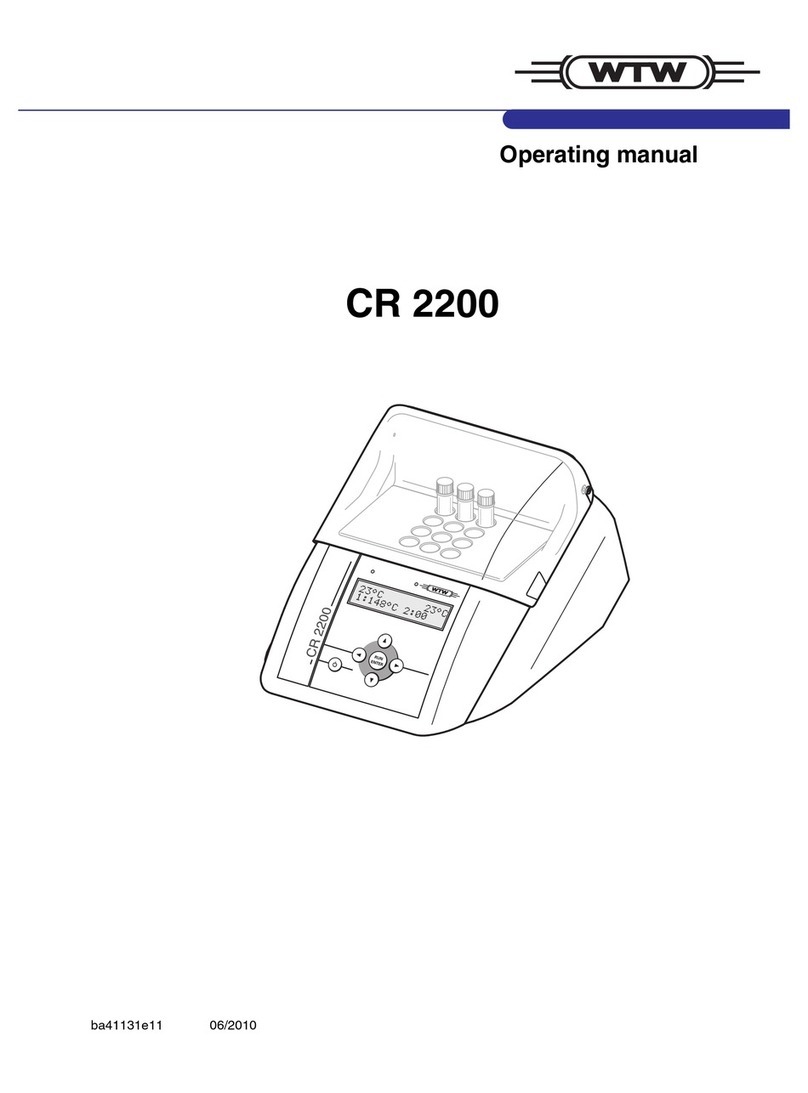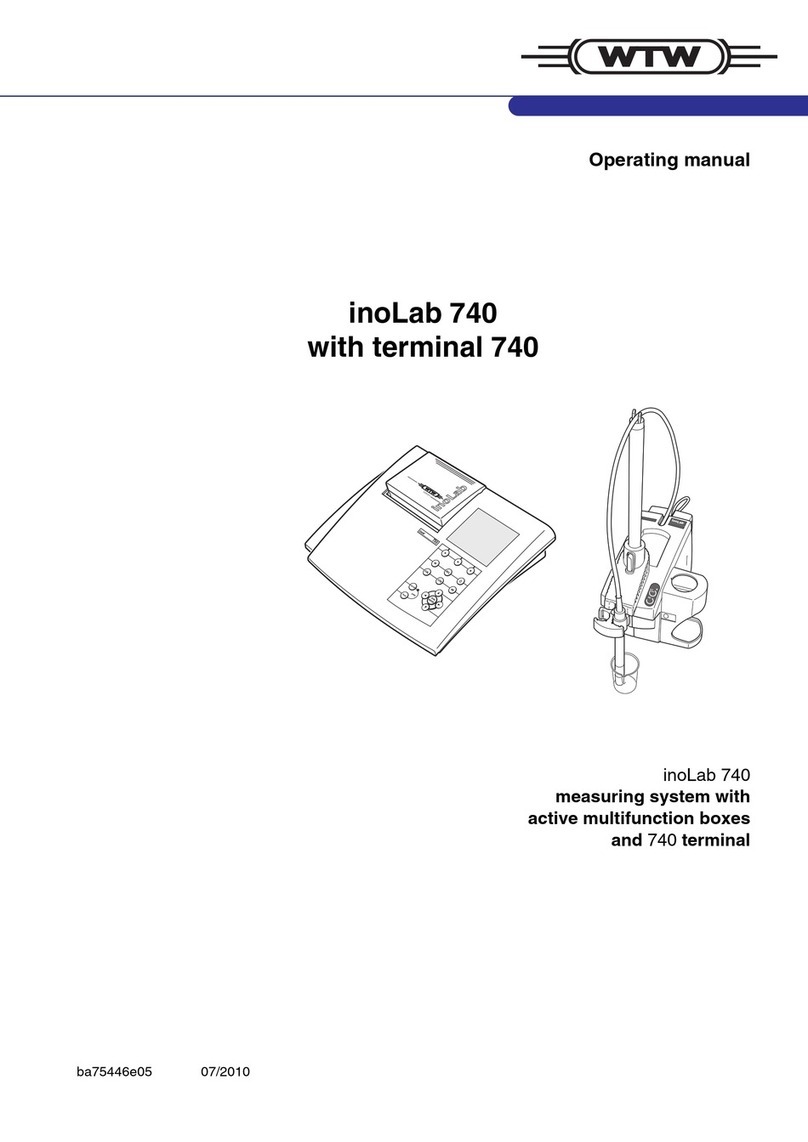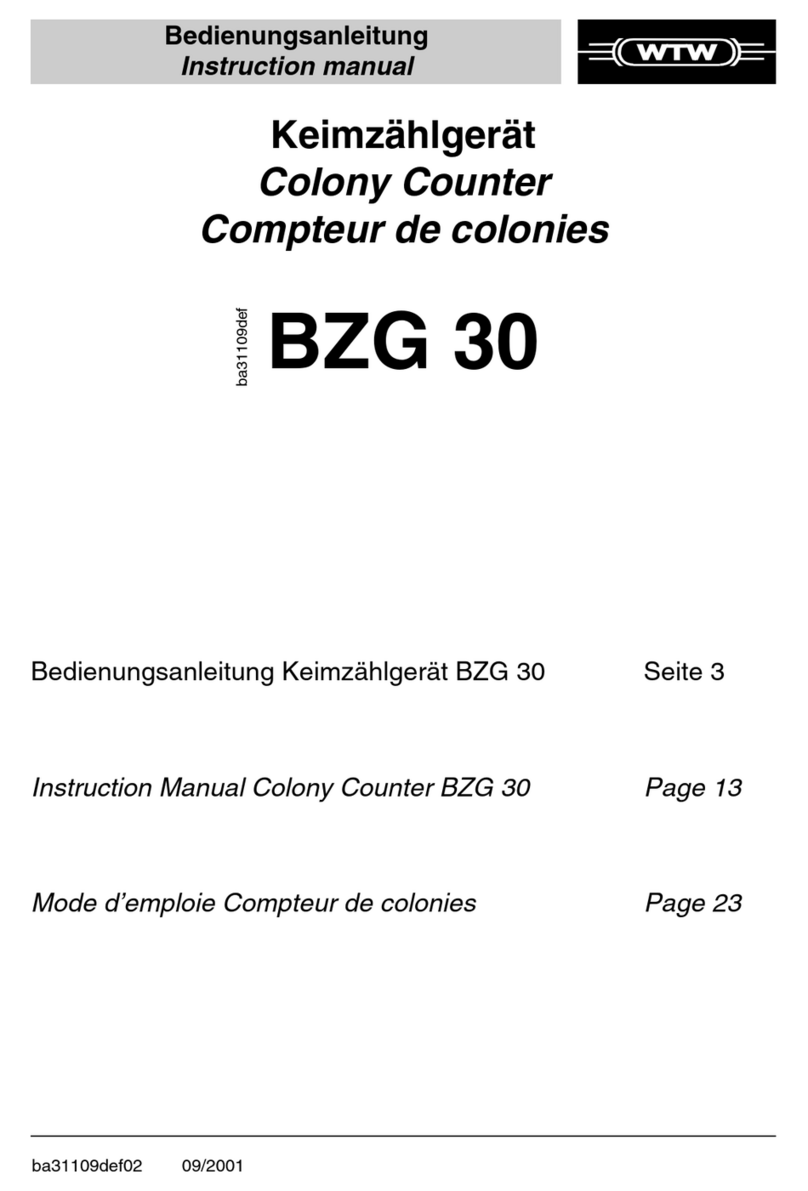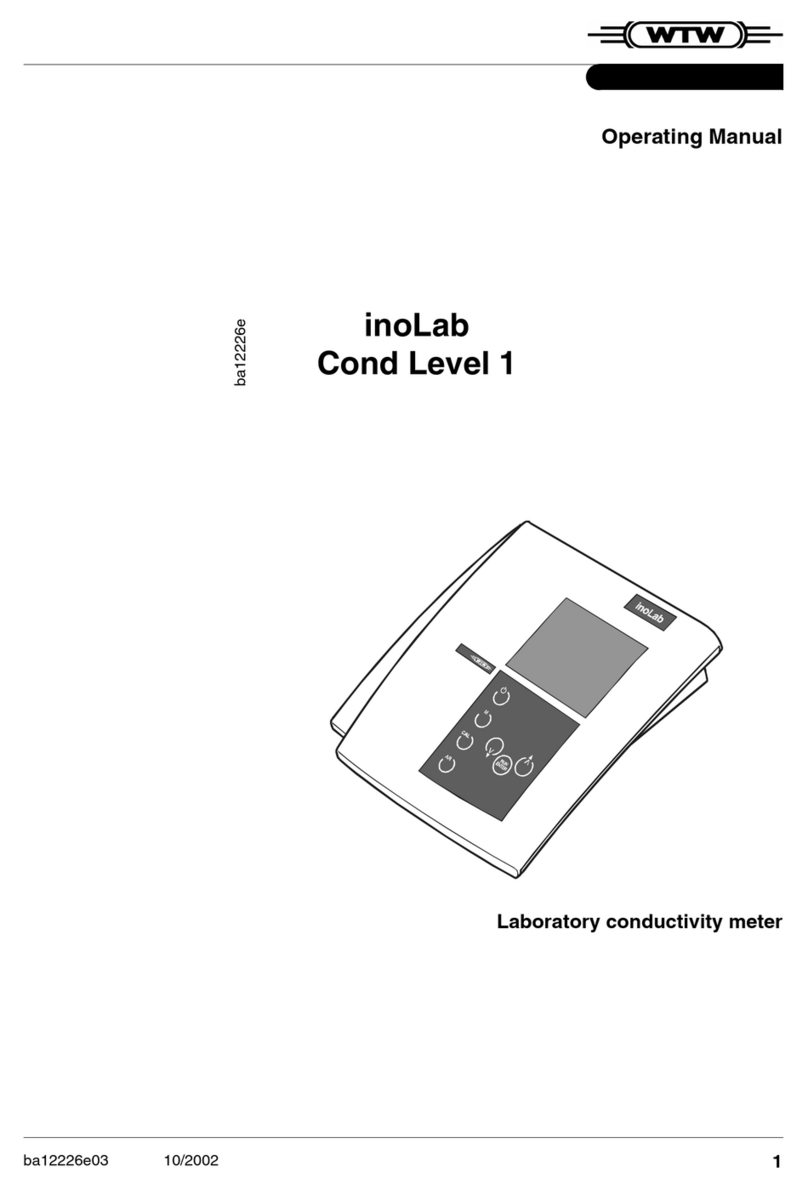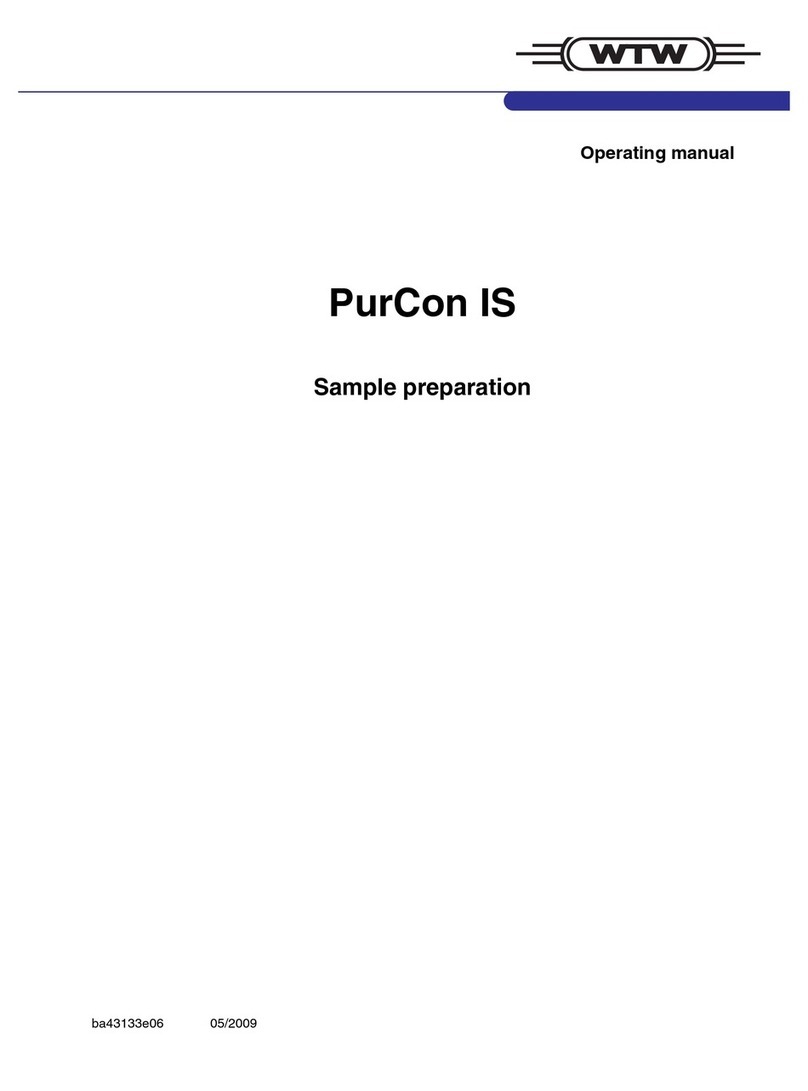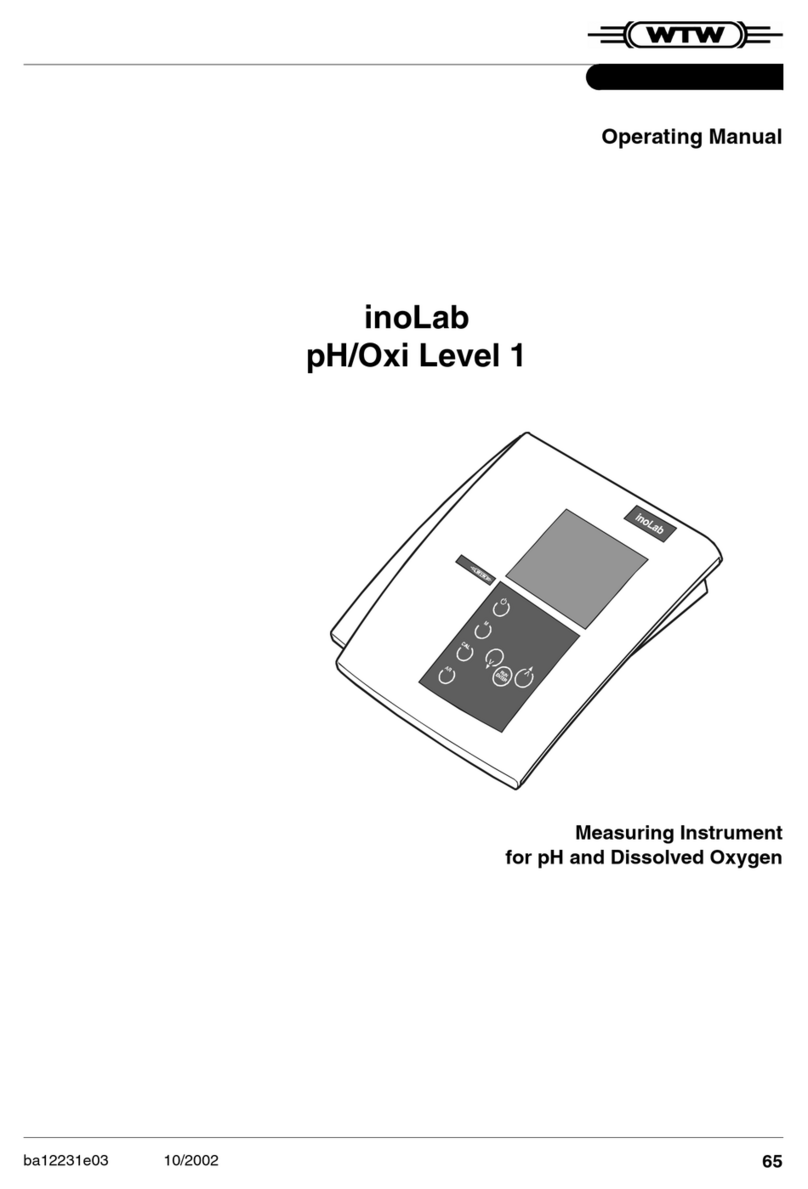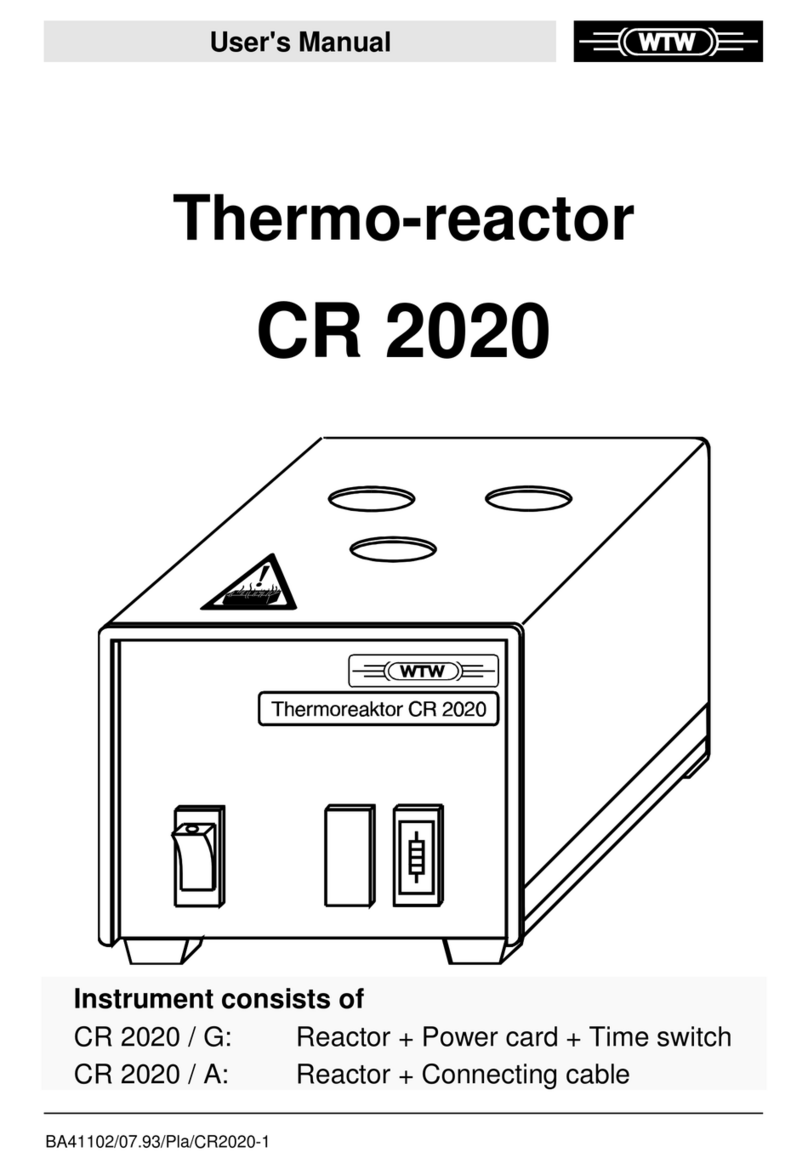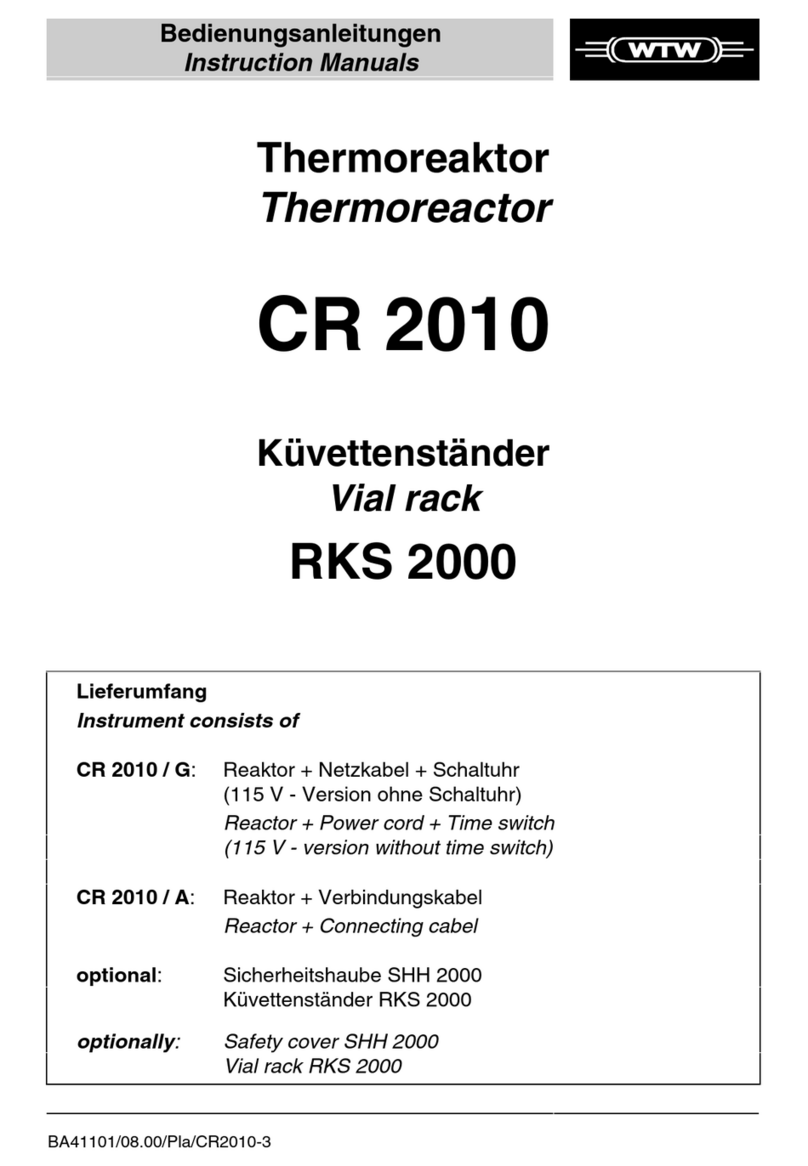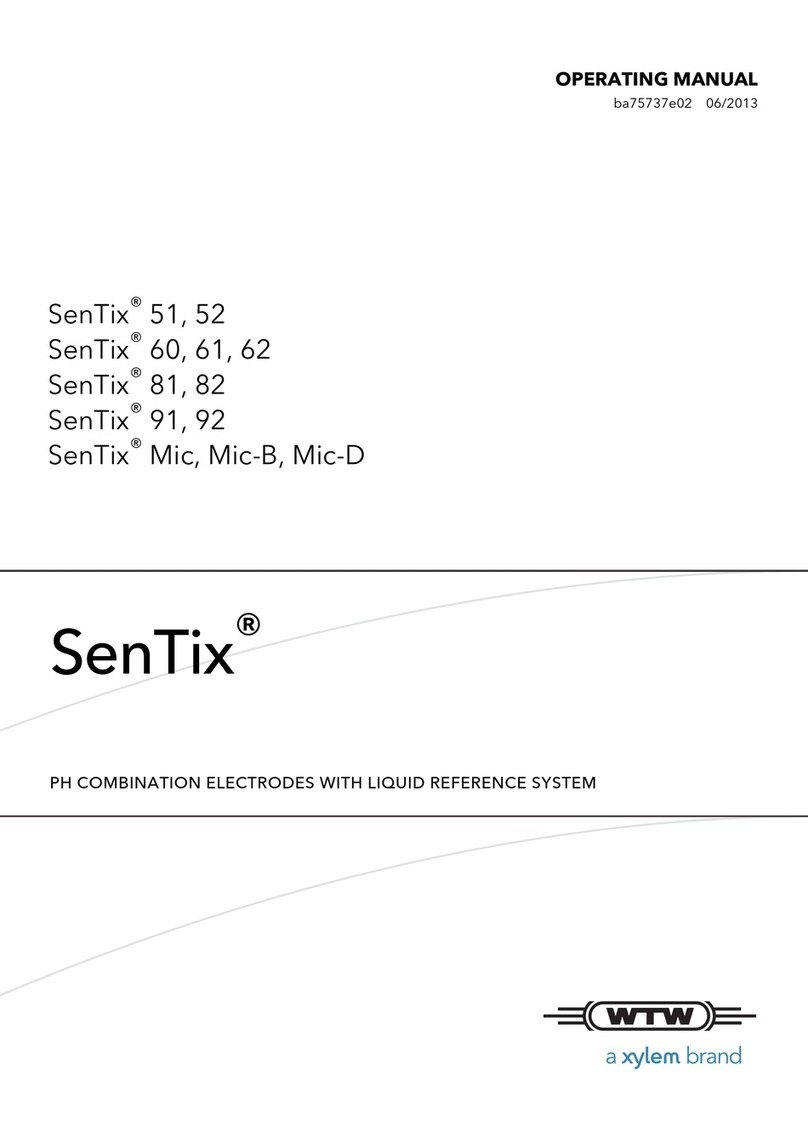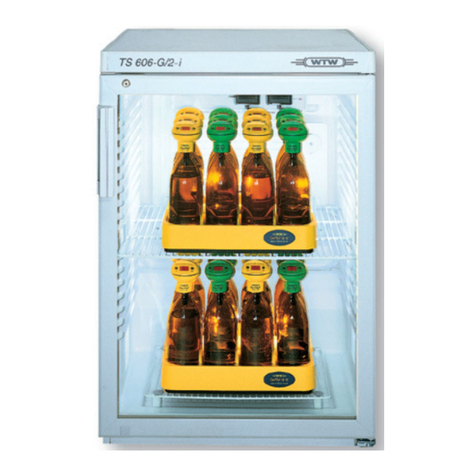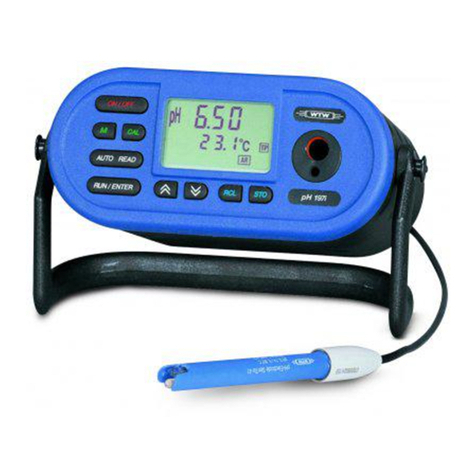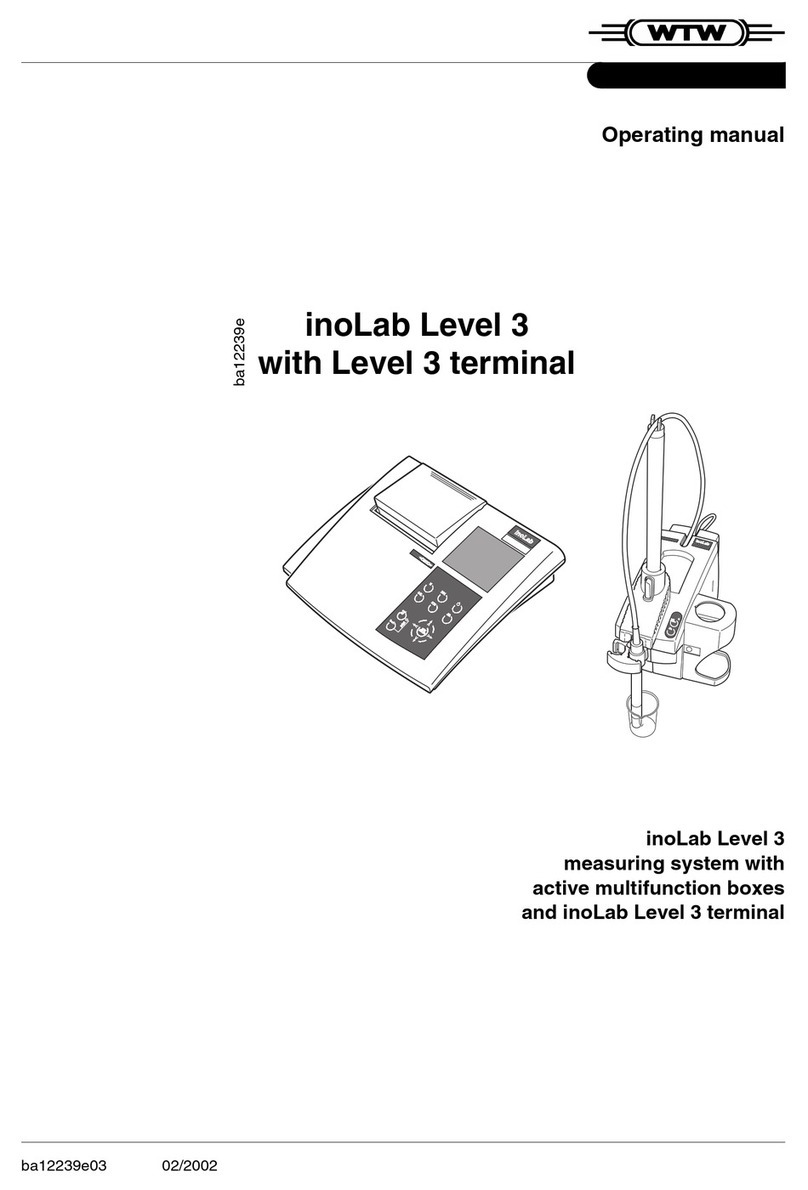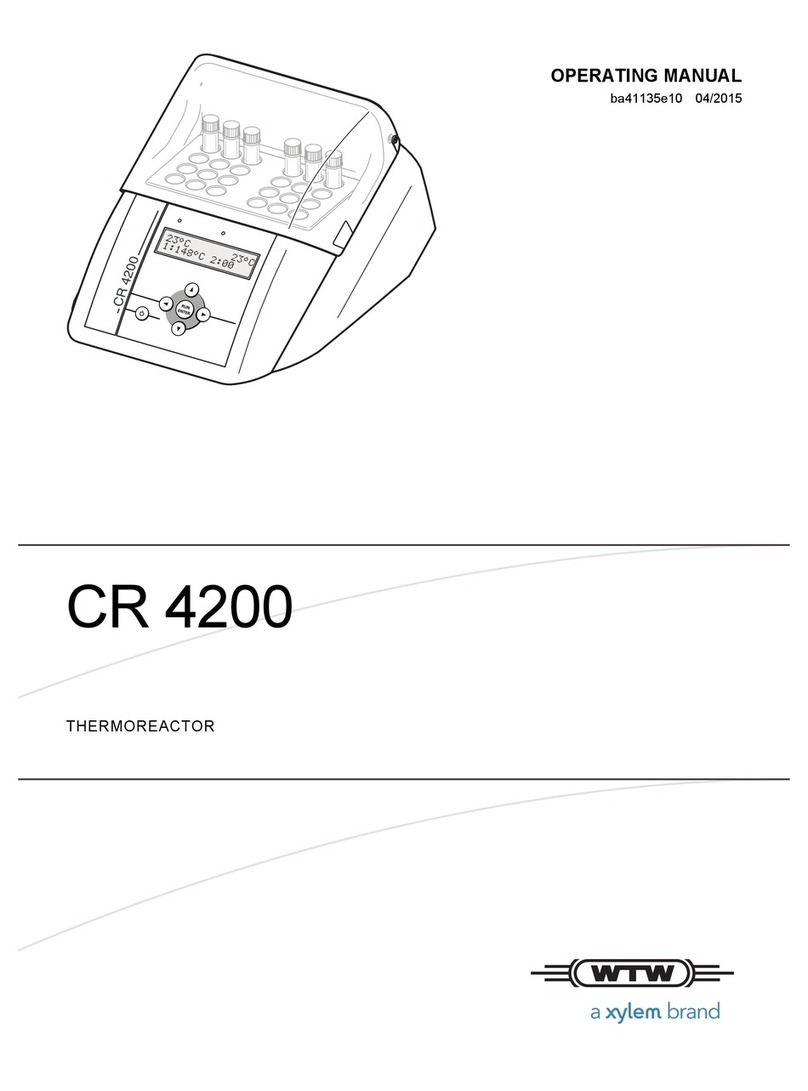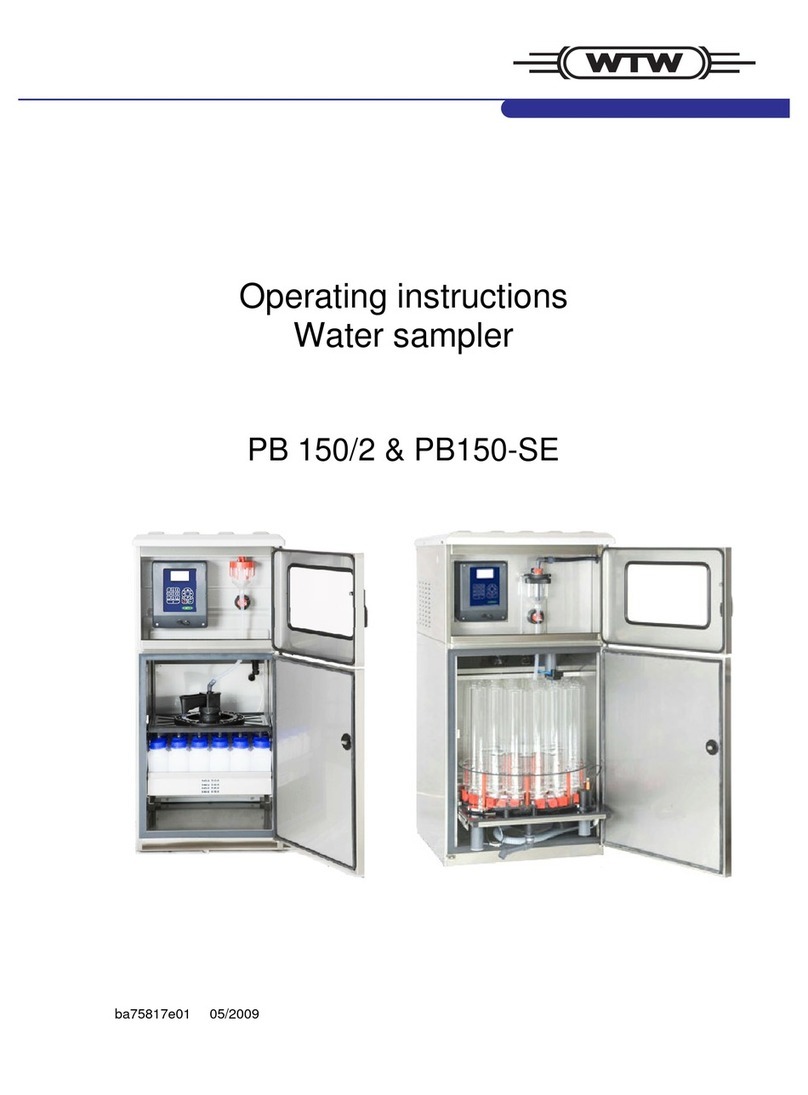pH 720 Contents
3
1 Overview . . . . . . . . . . . . . . . . . . . . . . . . . . . . . . . 5
1.1 Keyboard . . . . . . . . . . . . . . . . . . . . . . . . . . . . . . 6
1.2 Display . . . . . . . . . . . . . . . . . . . . . . . . . . . . . . . . 7
1.3 Sockets. . . . . . . . . . . . . . . . . . . . . . . . . . . . . . . . 7
2 Safety . . . . . . . . . . . . . . . . . . . . . . . . . . . . . . . . . . 9
2.1 Authorized use . . . . . . . . . . . . . . . . . . . . . . . . . 10
2.2 General safety instructions. . . . . . . . . . . . . . . . 10
3 Commissioning . . . . . . . . . . . . . . . . . . . . . . . . . 13
3.1 Scope of delivery . . . . . . . . . . . . . . . . . . . . . . . 13
3.2 Initial commissioning . . . . . . . . . . . . . . . . . . . . 13
4 Operation . . . . . . . . . . . . . . . . . . . . . . . . . . . . . . 15
4.1 Switch on the instrument . . . . . . . . . . . . . . . . . 15
4.2 Measuring. . . . . . . . . . . . . . . . . . . . . . . . . . . . . 16
4.2.1 Measuring the pH value . . . . . . . . . . . . 17
4.2.2 Measuring the Redox voltage . . . . . . . . 18
4.3 Calibrating . . . . . . . . . . . . . . . . . . . . . . . . . . . . 19
4.3.1 AutoCal TEC . . . . . . . . . . . . . . . . . . . . . 21
4.3.2 AutoCal DIN . . . . . . . . . . . . . . . . . . . . . 24
4.3.3 ConCal . . . . . . . . . . . . . . . . . . . . . . . . . 27
4.4 Reset . . . . . . . . . . . . . . . . . . . . . . . . . . . . . . . . 30
5 Maintenance, cleaning, disposal . . . . . . . . . . . 31
5.1 Maintenance. . . . . . . . . . . . . . . . . . . . . . . . . . . 31
5.2 Cleaning . . . . . . . . . . . . . . . . . . . . . . . . . . . . . . 32
5.3 Disposal . . . . . . . . . . . . . . . . . . . . . . . . . . . . . . 32
6 What to do if... . . . . . . . . . . . . . . . . . . . . . . . . . . 33
7 Technical Data. . . . . . . . . . . . . . . . . . . . . . . . . . 37
8 Lists . . . . . . . . . . . . . . . . . . . . . . . . . . . . . . . . . . 41
